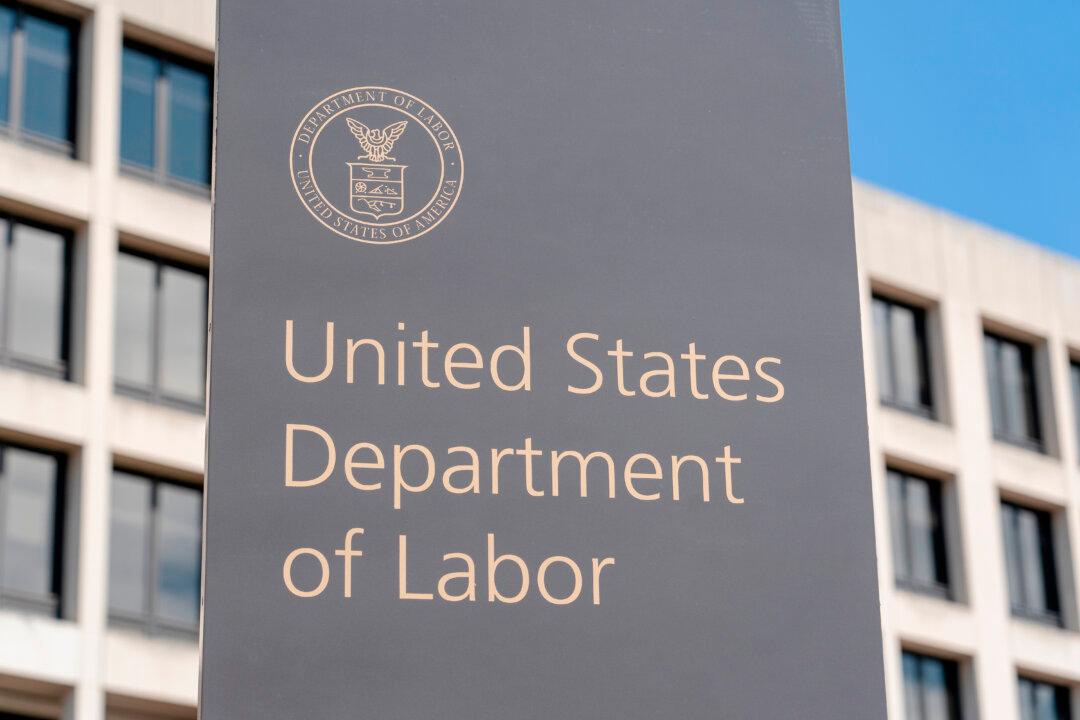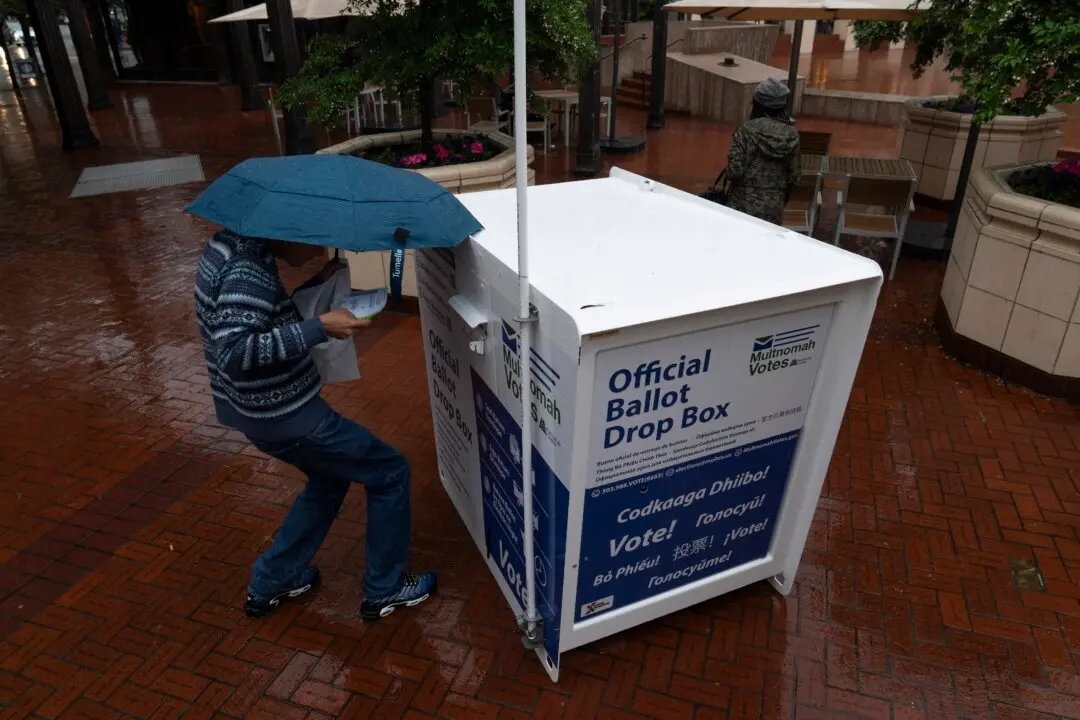The number of U.S. workers collecting unemployment benefits has risen to its highest level since 2021, delivering a fresh sign of labor market cooling as the Federal Reserve mulls when to cut interest rates after holding them at their highest level in 23 years.
Continuing jobless claims, which reflect the number of Americans continuing to collect unemployment benefits after earlier filing an initial claim, rose to 1.87 million for the week that ended on July 6, according to data released on July 18 by the Department of Labor.





